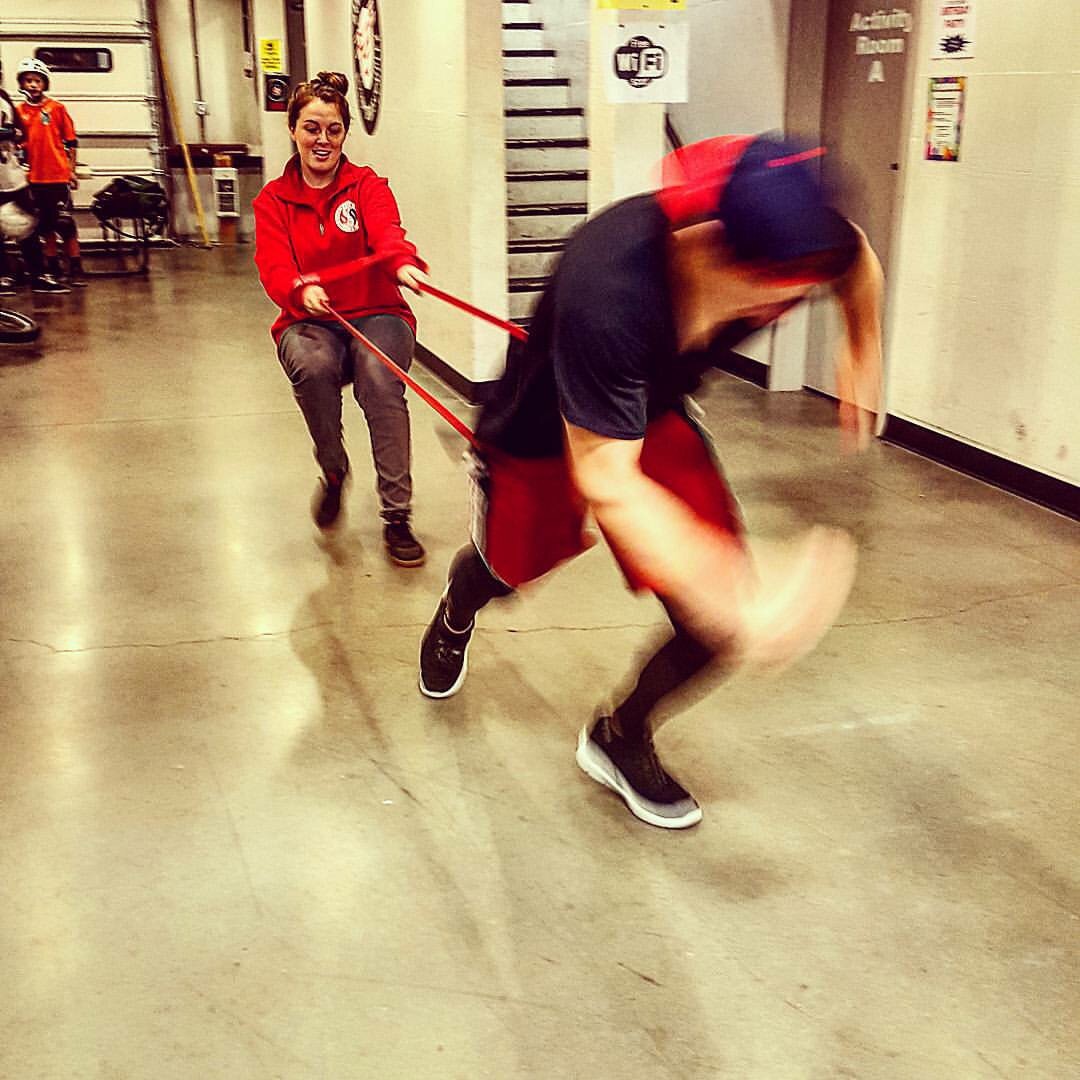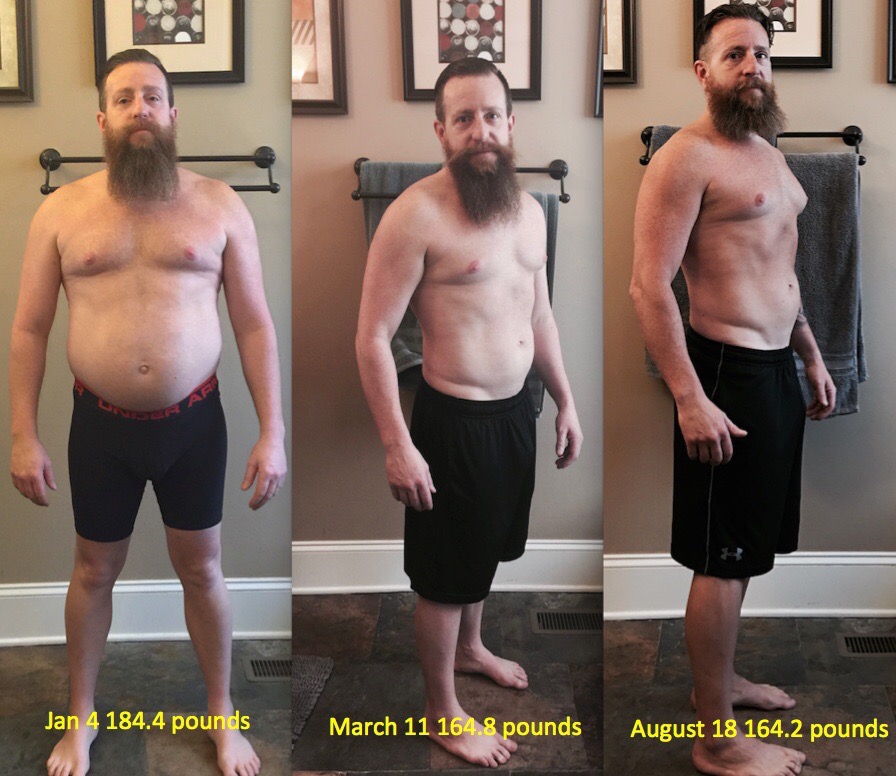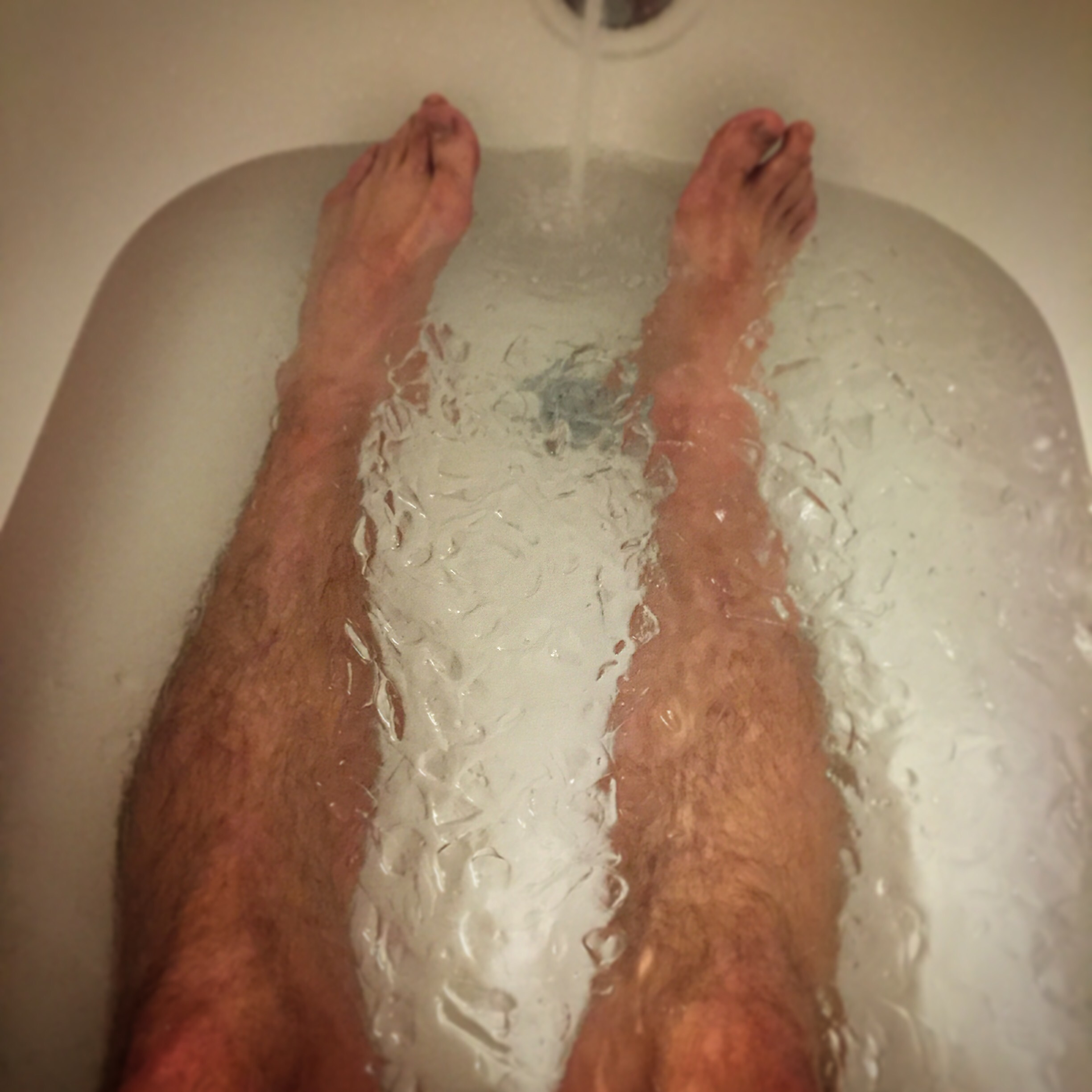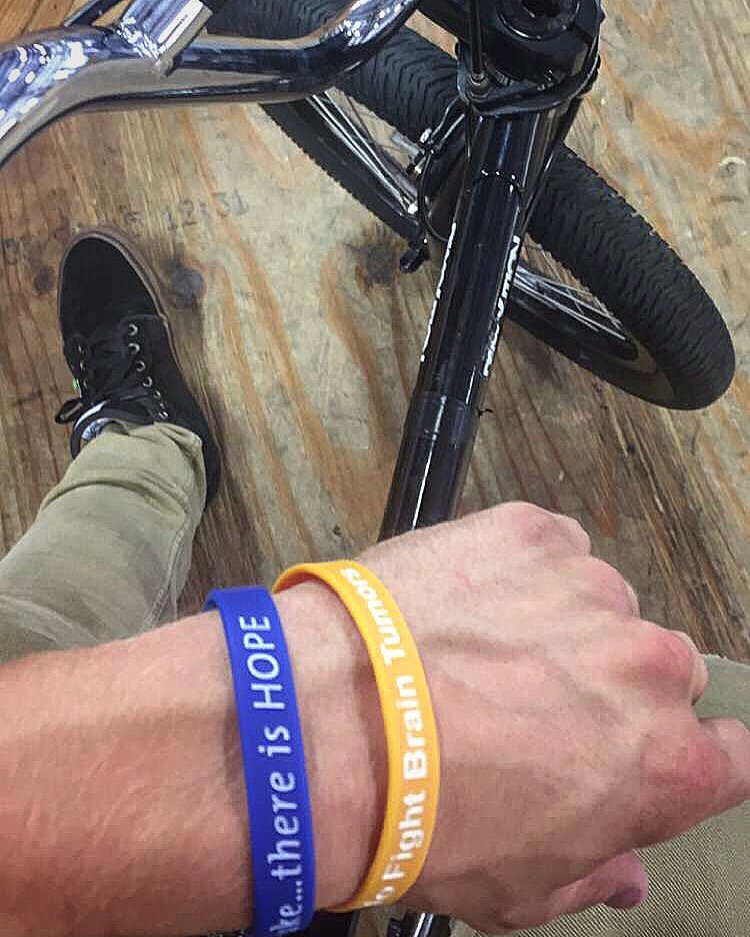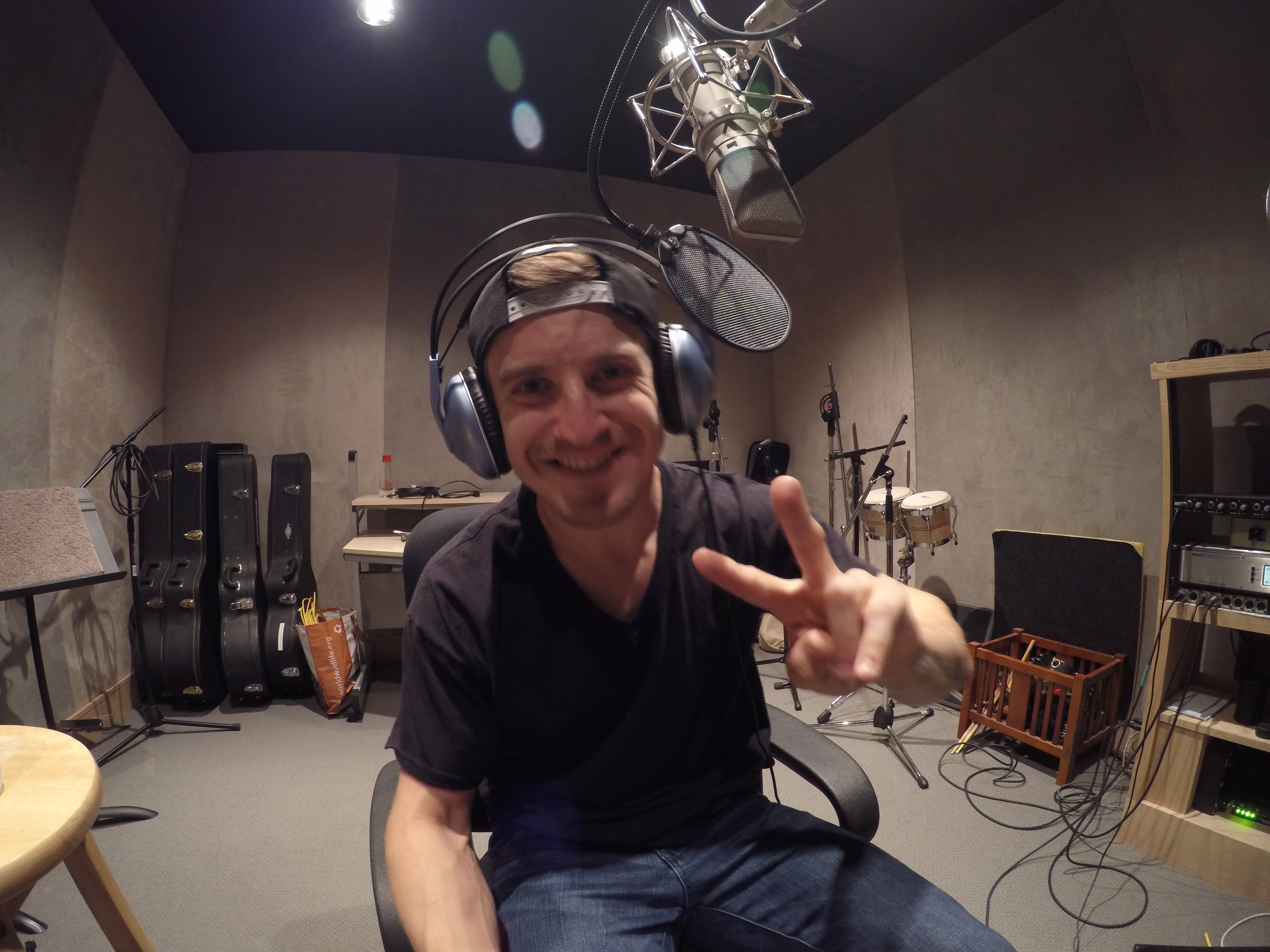http://blog.nema.org/2016/11/11/the-mri-that-saved-my-life/
Josh Perry, Pro BMX Rider
It is said—mostly to scare young riders into taking appropriate safety precautions—that the likelihood that a motorcycle rider will have an accident is 100 percent.
In my career as a professional bicycle motocross (BMX) bike rider, I can tell you that not only is there a 100 percent chance you will fall sometimes, but there is almost a 100 percent chance that you will fall every time you ride. Sometimes, though, falling can be a good thing. It was only after a serious slam that I received the magnetic resonance imaging (MRI) that detected a brain tumor and saved my life.
I grew up in Massachusetts, where I first started riding bikes with my friends. We used bikes for more than just transportation, and soon I was learning how to do jumps and other tricks. By the time I was 17 years old, I had grown comfortable doing backflips out of quarter pipes and over box jumps. I needed to be closer to the best riders to continue to progress in the sport, so I relocated to Greenville, North Carolina, where I had access to the best BMX training facilities.
No matter how good you are, you always fall. At 17, you can bounce back from a fall that would take you out for weeks at age 37. Constantly being plagued by minor injuries forces you to learn to be in touch with your body—for example, knowing whether you have to favor one leg over the other to absorb the impact of a jump. When I started having migraines, it was only natural that I would attribute them to riding However, I didn’t know how to compensate for this degree of pain.
In October 2009, the headaches became severe. I am not a medical professional, but I had done some research and decided I would need an MRI or a computed tomography (CT) scan to determine the cause of my headaches. Unfortunately, the doctors told me multiple times that I did not need a scan and gave me painkillers instead. I knew they were merely a mask and that my body couldn’t handle the drugs, so I never took them.
I had to take many days off because of the pain, but I never stopped riding. That all changed in March 2010, when I hit my head and was knocked unconscious. It turns out that I really did need an MRI, which I finally got, only much later than I wanted it.
The MRI results showed one benign meningioma tumor taking up the entire left portion of my brain. Bingo! Now I knew why I was getting those headaches. Upon receiving the diagnosis, I was afraid. The doctors explained to me that if I wanted to live, I would have to undergo surgery. Later, I would find out that if I had been given an MRI a year earlier, my doctors could have performed gamma knife radiosurgery instead of a much more invasive surgery.
I had surgery on April 16, 2010. The procedure that was supposed to last 4.5 hours actually lasted for six because the tumor was located near the main artery and my optic nerve, in the area that controls motor skills. Fortunately, the surgeon did a superb job.
To this day, medical imaging remains essential to my quality of life.
Six months after the initial surgery, an MRI showed that two areas of the tumor had started growing back. In November 2012, I underwent gamma knife radiosurgery. Six months after that, another MRI showed that the tumors were stable. In November 2013, an MRI showed that one of the tumors was slightly decreasing in size, and by October of the following year, both were shrinking. Today, I continue to live with two brain tumors and undergo annual scans; most important, I feel good and am back on my bike.
People often ask me whether being diagnosed with brain tumors is the worst thing that has happened in my life. It was certainly one of the most shocking and scary experiences, but not the worst. To the contrary, in some ways, it was one of the best things that could have happened to me because it taught me to be more in tune with my body. As a result, I am now healthier than I have ever been. I just wish I’d had a scan earlier.
At the time of my diagnosis, I appeared to be the pinnacle of health and wellness, but medical imaging helped my doctors detect the invisible. Thanks to the benefits of medical innovation, I have a new lease on life and am able to compete at the highest level in my sport. People should not have to face a catastrophe to get the right scan at the right time.
-Josh P.
